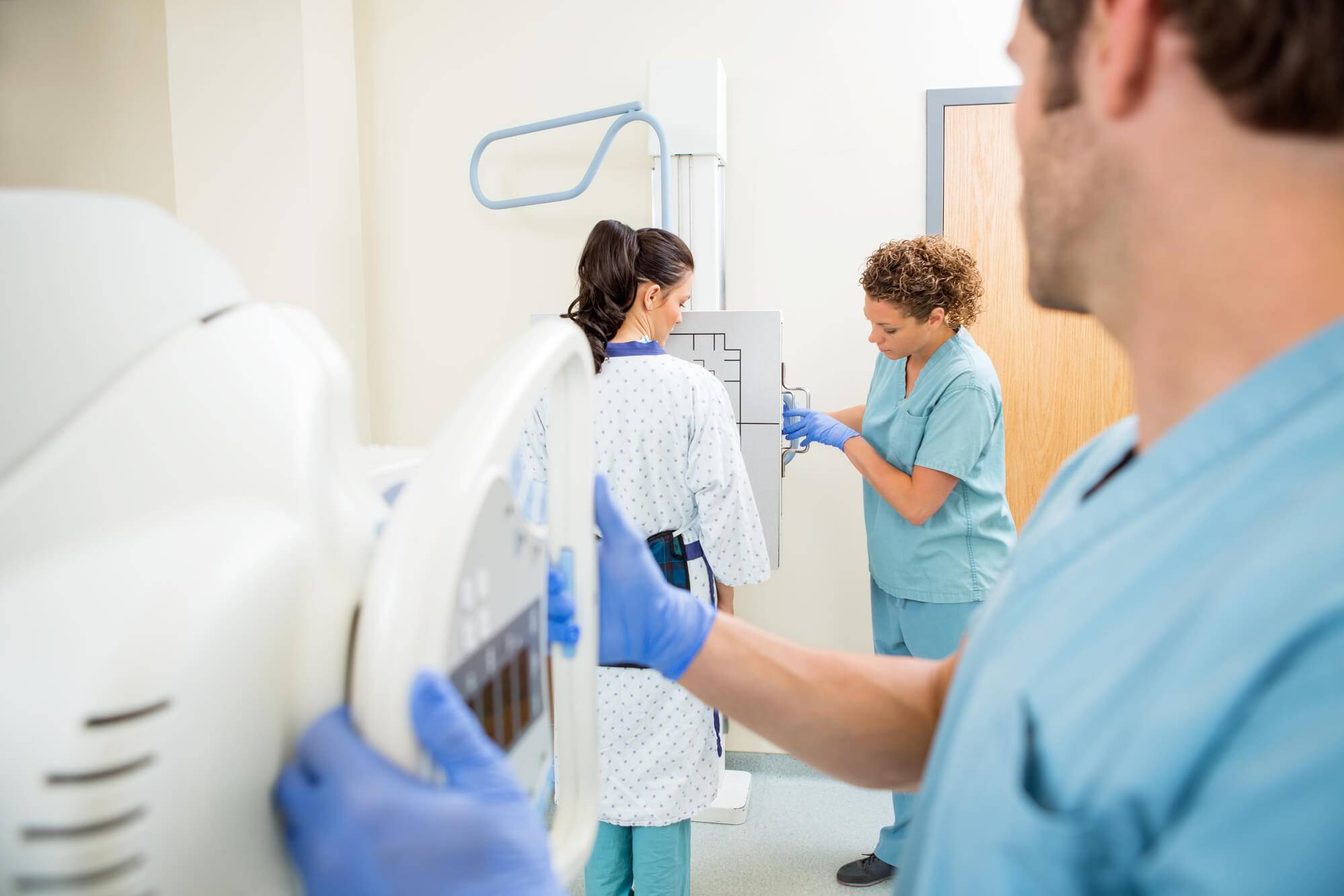Digital X-rays are used to look at bones, joints, and sometimes soft tissue.
X-rays are the most commonly ordered imaging test. Digital X-ray equipment deliver lowers radiation levels than traditional X-ray machines. Digital X-rays eliminate the need for film processing, allowing healthcare professionals to immediately see the results with enhanced detail.
Learn more about digital X-rays below.












